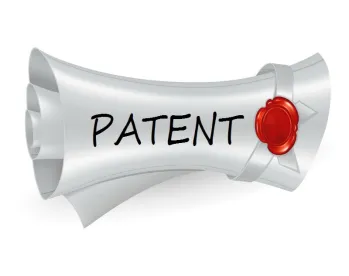Last week the Federal Circuit in Helsinn Healthcare v. Teva Pharmaceuticals clarified the scope of the on-sale bar rule under the America Invents Act (AIA). The on-sale bar in general means that a sale or an offer to sale of an invention more than one year prior to the effective filing date of a patent qualifies as prior art. The Federal Circuit held that 35 U.S.C. § 102 as revised in the AIA does not change the long-settled rule that a sale can invalidate an invention even if the sale does not disclose the details of the invention.
In this case, patent owner Helsinn Healthcare brought an ANDA litigation against Teva Pharmaceuticals alleging infringement of various claims of four patents. Although all four patents have a common priority date of January 30, 2003, one of them — the ‘219 patent — was filed after the AIA took effect and therefore was governed by the AIA. The asserted claims concern an intravenous solution for treating nausea and vomiting caused by cancer chemotherapy. On April 6, 2001, almost two years before the priority date, Helsinn had entered a License Agreement and a Supply and Purchase Agreement with MGI Pharma, Inc. (MGI) for the products corresponding to the later-claimed invention. These agreements, which did not disclose certain details (e.g., dosages) of the invention, were announced in a joint press release and reported in MGI’s Form 8-K filing with SEC.
Under the pre-AIA law, the on-sale bar applied to inventions “in public use or on sale in this country” more than one year before the effective filing date, where such “sale” need not disclose the details of the invention. Citing this well-settled interpretation of the pre-AIA law, the Federal Circuit invalidated the three patents governed by the pre-AIA law.
In 2011 the AIA redefined the on-sale bar as applying to inventions “in public use, on sale, or otherwise available to the public” before the effective filing date. Helsinn argued that the new “otherwise available to the public” language means that the sale must be publicly disclosing the invention. The Federal Circuit, however, reviewed the legislative history and found no support that Congress intended to change the meaning of the on-sale bar in the AIA.
The Federal Circuit also held that the Supply and Purchase Agreement was binding on its effective date and constituted a sale under the on-sale bar rule even if the actual sale would have occurred later and be subject to regulatory approval by FDA. The Court also found that the invention in this case was ready for patenting before the critical date even if the Phase III clinical trials were not completed at that time.
This case has been closely followed by the IP community and received amicus briefs from industry, government, and academic constituents alike, including the U.S. Department of Justice and the USPTO.




 />i
/>i
